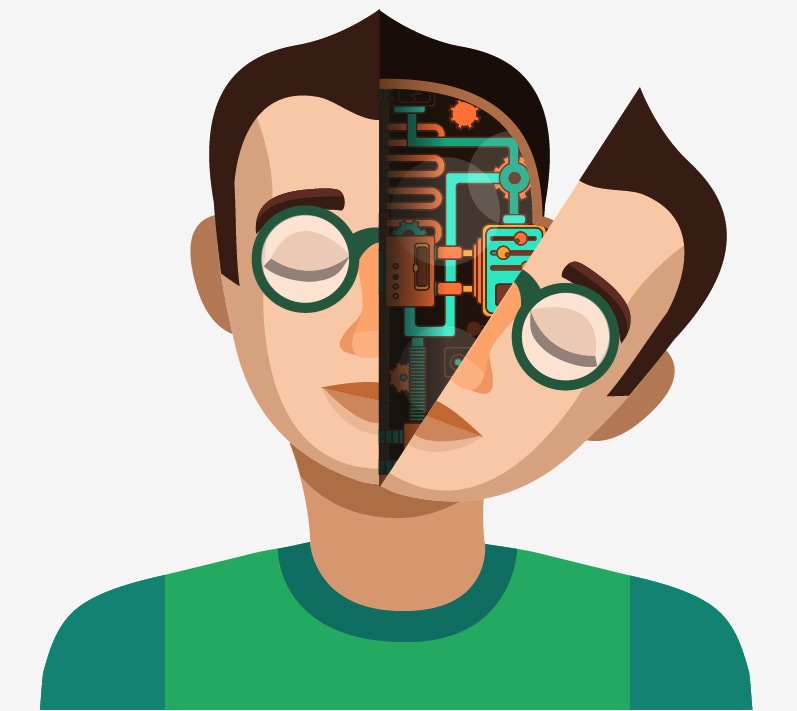 You’ve probably seen people wearing those Oculus Rift or Samsung Gear VR virtual reality headsets or seen the TV ad for Google Daydream and thought to yourself, “There’s no way that’s ever coming to the business world.” However, there are growing number of major consumer brands – including Audi, Coca-Cola and IKEA – that have already experimented with virtual reality in the B2C space, so it could be only a matter of time before virtual reality comes to the B2B space.
You’ve probably seen people wearing those Oculus Rift or Samsung Gear VR virtual reality headsets or seen the TV ad for Google Daydream and thought to yourself, “There’s no way that’s ever coming to the business world.” However, there are growing number of major consumer brands – including Audi, Coca-Cola and IKEA – that have already experimented with virtual reality in the B2C space, so it could be only a matter of time before virtual reality comes to the B2B space.
In fact, there are three good reasons why virtual reality could provide a boost to your B2B marketing and sales efforts.
Reason #1: Brand awareness
OK, this is the reason why a lot of companies experiment with new technologies like VR – they’re so new that they’re a novelty. And so people want to understand what exactly you’re doing and how you’re doing it. As a result, it builds brand awareness and helps to break through the clutter. Quite simply, a B2B marketing initiative featuring virtual reality is something people want to read about, tweet about and share.
Reason #2: Increased engagement of prospects
Virtual reality offers prospects a way to “try it before you buy it.” This could be a great way for customers to understand how your product or service fits into their daily workflow. Unlike an image on the web – or even a YouTube video – VR is a way for people to experience a product first-hand. Proponents of VR call this “presence” – the ability to feel like you are really within a live environment.
Some have even suggested that these types of VR experiences could replace webinars as the preeminent way that companies explain what their products do and how they perform. Webinars are relatively passive – it’s just you sitting at a computer, watching some slide decks and listening to a voice. A more active form of engagement such as a virtual experience might be more successful in terms of moving the prospect along the sales journey.
Reason #3: Higher sales conversions
The ultimate goal of any B2B marketing campaign is to create more sales, and that’s where VR could play a major role. With VR, you can talk and interact within the same room. That means that, during a sales call with a client, you could also ask someone from the engineering or product team to join you to help explain a key product feature.
Facebook CEO Mark Zuckerberg refers to this as social virtual reality, and it’s a concept that he demonstrated at the most recent Oculus developer event. At an event on-stage, he invited his wife (at home) to join him for a virtual meeting within a virtual world. If that sounds insane, watch this Tech Crunch video to see how it actually happened. (It also includes a virtual selfie)
As a proof of concept, some charities are now using VR to drive donations. What they’ve found is that virtual reality can be an effective tool to drive sales conversions (i.e. donations) if donors know more about your actual field work.
Of course, there’s still a lot of work to be done before virtual reality becomes anything close to mainstream in the B2B marketing world. But just as social media and mobile eventually became part of the B2B marketing landscape, it’s not out of the question that virtual reality will one day also join the number of technological tools in a B2B marketer’s toolkit.
IMAGE: Designed by Freepik
